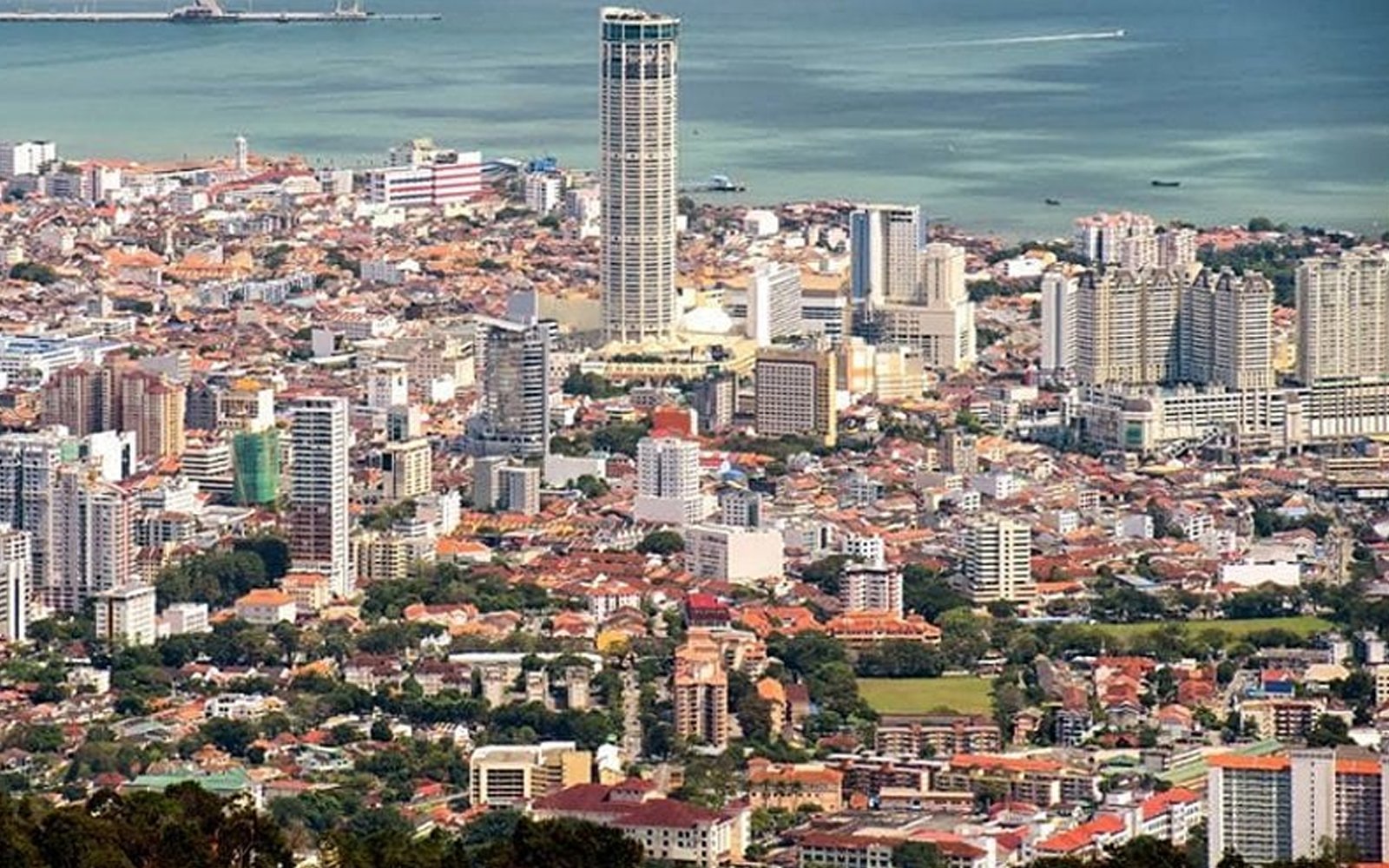Housing project for Penang Malays attractive, but the devil’s in the detail


From P Ramasamy
The fact that ordinary Malays cannot afford the high property prices in Penang is something that is not lost on the community leaders.
Recently, the Penang Malay Association (Pemenang) came up with the idea of developing 40 hectares of land for Malay housing. The land is in and around the George Town area, consisting of land held by Malay associations and endowments (wakaf).
Pemenang president Yusof Latiff suggested that land in Datuk Keramat, Jalan Perak and Jalan Pattani be developed into housing to accommodate about 10,000 Malay families.
If the idea takes shape, chances are that the Urban Development Authority (UDA) will develop this land into housing.
Since land is a state matter, chief minister Chow Kon Yeow, while welcoming the idea, wants a detailed plan on how Pemenang or UDA is going to develop these properties and how the Malays will eventually be settled.
Over the years, the escalating prices of both land and property have made it impossible for ordinary Malays, Chinese and Indians to own property in the island state of Penang – so much so that the properties are being eyed by rich foreigners and local development companies.
Even low-cost houses or apartments are beyond the reach of the poor on Penang island. Given the stiff conditions imposed by banks, getting loans to purchase low-cost houses or apartments is beyond the reach of the ordinary people in Penang.
Although there are no systematic studies on migration patterns, it is believed that those on the island have bought properties on the mainland and, to some extent, in Kedah. There is a possibility that the Malays could have migrated to the mainland as result of soaring property prices.
There is fear among the Malays that if nothing is done, their population might shrink on the island.
When Yusof brought up the idea of developing Malay land into housing, he had in mind to increase the Malay population on the island.
If 10,000 Malays are eventually settled on the island, there could be a significant political impact. However, whether the settled Malays will be loyal to Pakatan Harapan remains to be seen. I think Yusof might have overlooked the political ramifications of the eventual population shift.
Developing Malay-held land into housing is one thing, but what kind of housing is it going to be? Something affordable or merely catering for the upper and middle classes?
It is really a question of affordability. If the prices are steep, there is no way that the Malays are going to migrate from the mainland or from other states to purchase property on the island part of Penang.
The idea of settling Malays on the island might be a good proposition, but the devil is in the detail. Given the market price of the available land and the amount of investment that might be poured in, the implementation of housing for the Malays might have to be practical.
Affordable housing might be the way out, but such housing on the island is not cheap. As it is, ordinary Malays cannot even afford low-cost housing on the island. The real question is how Pemenang or UDA is going to attract Malays from other parts of the state to partake in the proposed housing project.
The idea might be an attractive one, but the actual implementation might be problematic. The other question is how the proposed housing project is going to meet the guidelines set by the state’s housing department.
Is the state going to allow housing projects of all sorts without adherence to its guidelines? Is this project proposed by Pemenang going to be something so special that it might be exempted from federal and state housing guidelines?
The idea of social engineering in terms of increasing the Malay population on the island part of Penang through a housing mechanism is something significant.
The Indian community, too, has lost out in housing just like the Malays due to escalating land and property prices over the years. Just like the Malays, a portion of the Indian population on the island might have migrated to the mainland or other states like Kedah.
Can the Indian community leaders in Penang think of a special housing scheme for the working-class Indians?
Can land owned by individuals, organisations and the Penang Hindu Endowments Board be used for housing projects for Indians?
P Ramasamy is Urimai chairman and a former Penang deputy chief minister.
The views expressed are those of the writer and do not necessarily reflect those of FMT.
Desain Rumah Kabin
Rumah Kabin Kontena
Harga Rumah Kabin
Kos Rumah Kontena
Rumah Kabin 2 Tingkat
Rumah Kabin Panas
Rumah Kabin Murah
Sewa Rumah Kabin
Heavy Duty Cabin
Light Duty Cabin
Source






















